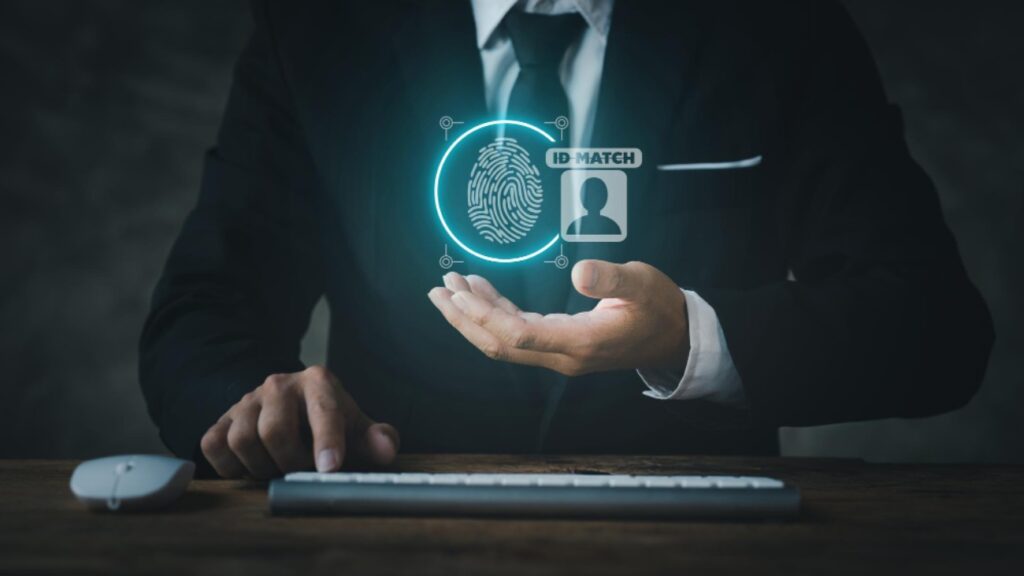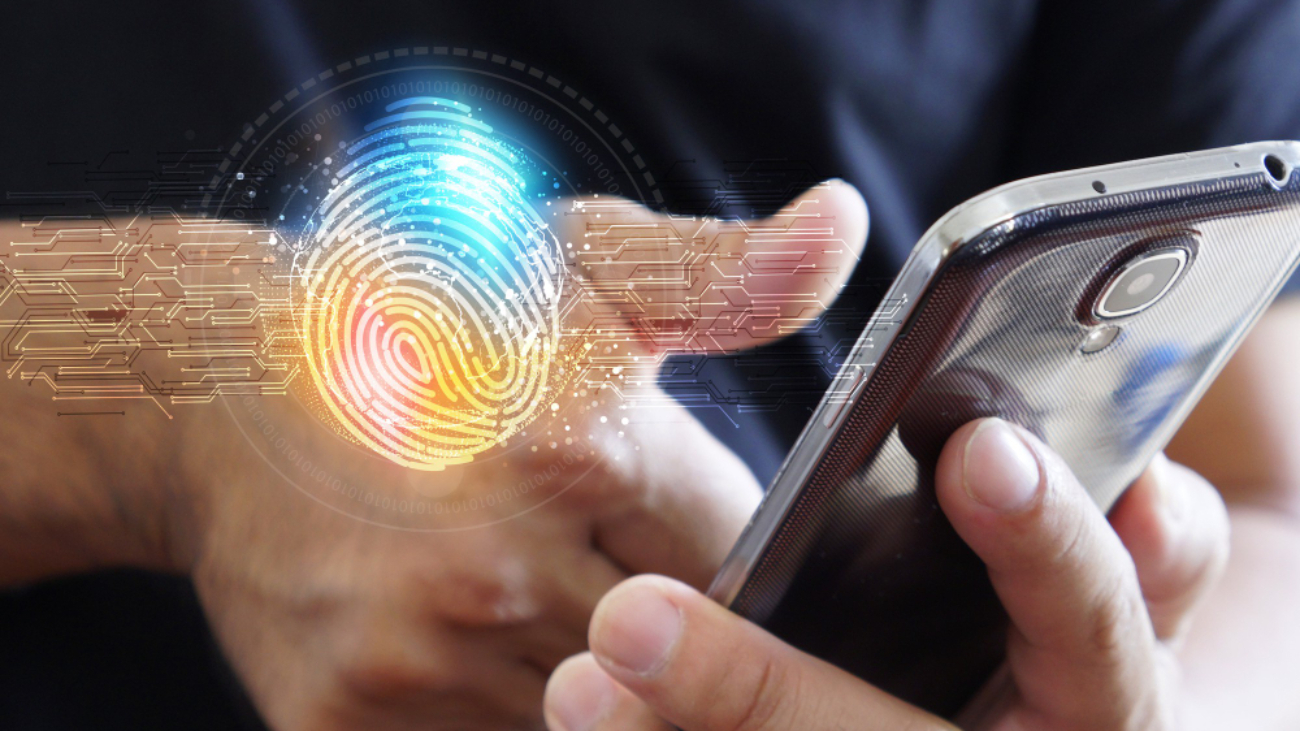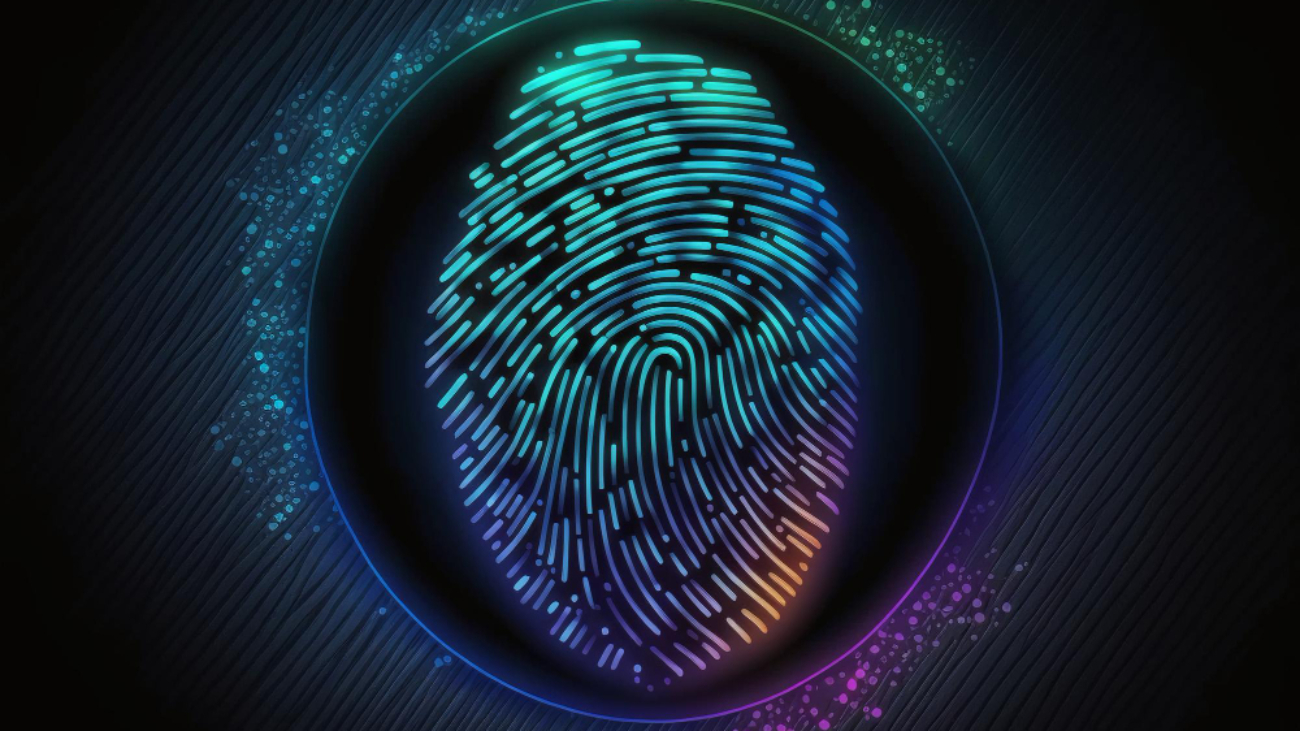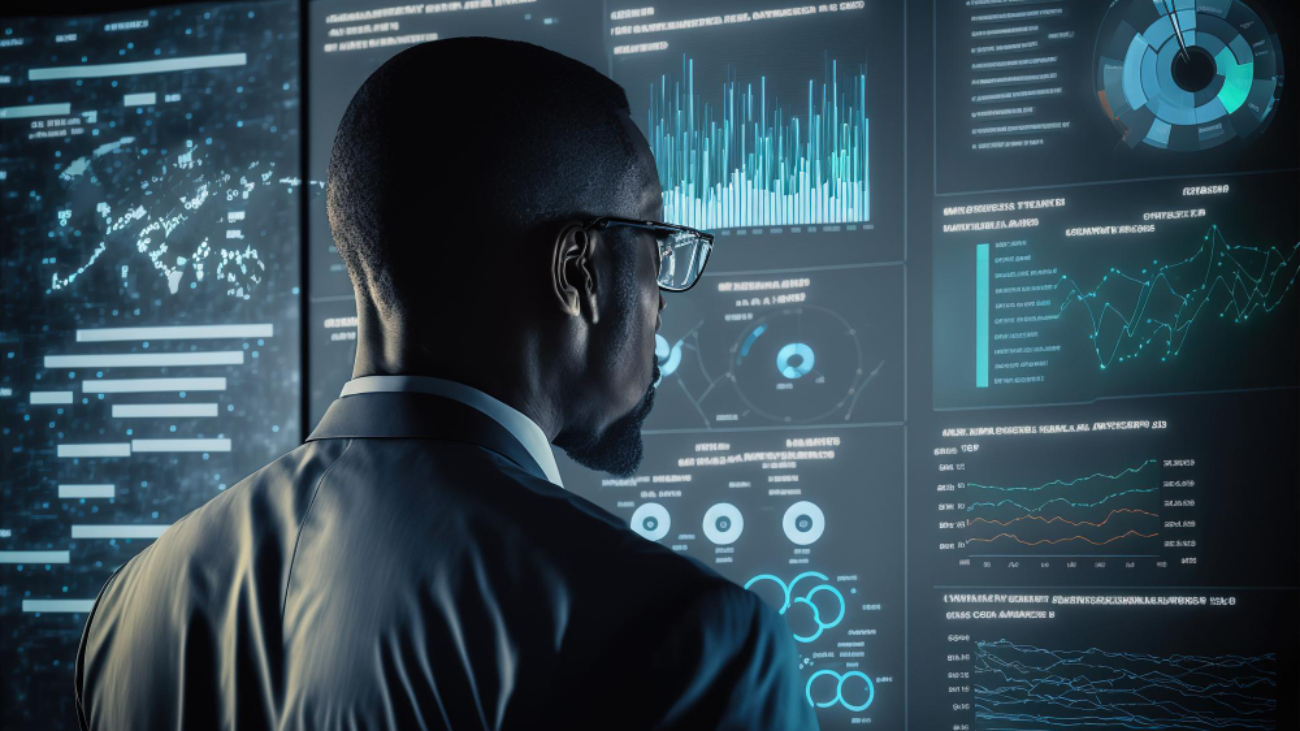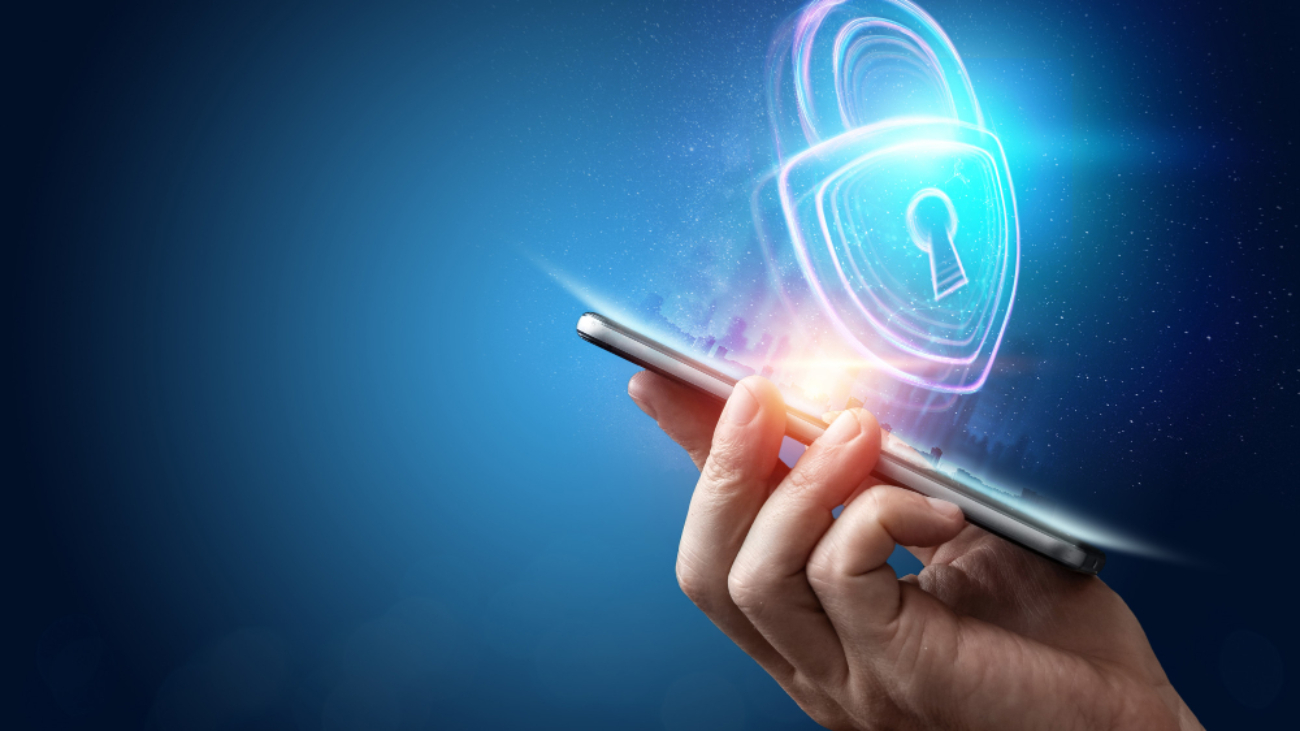Bahaa Abdul Hadi is an Identity Management expert and regularly shares his experiences with his audience through his blogs.
Biometric systems can be used to protect our data as well as our wallets. Its ease of inclusion and the difficulty of forging the credentials employed by biometric technology makes it one of the most sensible security options currently available. As consumer use of the IoT rises, biometric technology is being used more frequently.
At several points along the data stream that composes the IoT, biometric security features are present. These security measures include utilising a smartcard to verify your identity to securing a gadget with a fingerprint sensor. It facilitates the free and quick movement of data between places and helps to establish a consistent user experience.
The requirement for failsafe protection is becoming more critical as the number of active devices increases and will continue to be at the forefront of security experts’ and developers’ minds.
The Role of Biometrics
Information ports and gadgets can be identified using biometrics, which guarantees their security and the integrity of the data they contain. The best security measure is biometrics, and as they continue to advance, we will be able to design security procedures that are hard to circumvent.
Biometric scanners create identities for securely sharing data since the traits they detect are constant and particular to each person, making them a very secure data communication method. Biometric characteristics are difficult to copy or fake, making them stronger than encryption methods or password security, which may be cracked with skill and persistence. They should be considered in any safety system simply because of this feature.
The biometrics market will continue to expand quickly, and biometrics will expand to permeate all technological levels. The technology will help provide secure and seamless data transfer as the technology develops. Due to the need to protect data and the ease of integration into many systems.
As the Internet of Things advances and develops, the role of biometrics will evolve and expand. It establishes the connections required for the Internet of Things and offers the recommendations that end users have grown accustomed to. The distinctiveness of biometrics and the variety of applications have been anticipated to be key factors in the development of the IoT.
Conclusion
If properly applied, biometrics may and should be a useful tool for data security. However, it has limitations, just like the other techniques for identifying and verifying a person. Because no system is ever 100% reliable, biometrics must be used with at least one different approach.
Thank you for your interest in Bahaa Abdul Hadi blogs. For more information, please visit www.bahaaabdulhadi.com.
